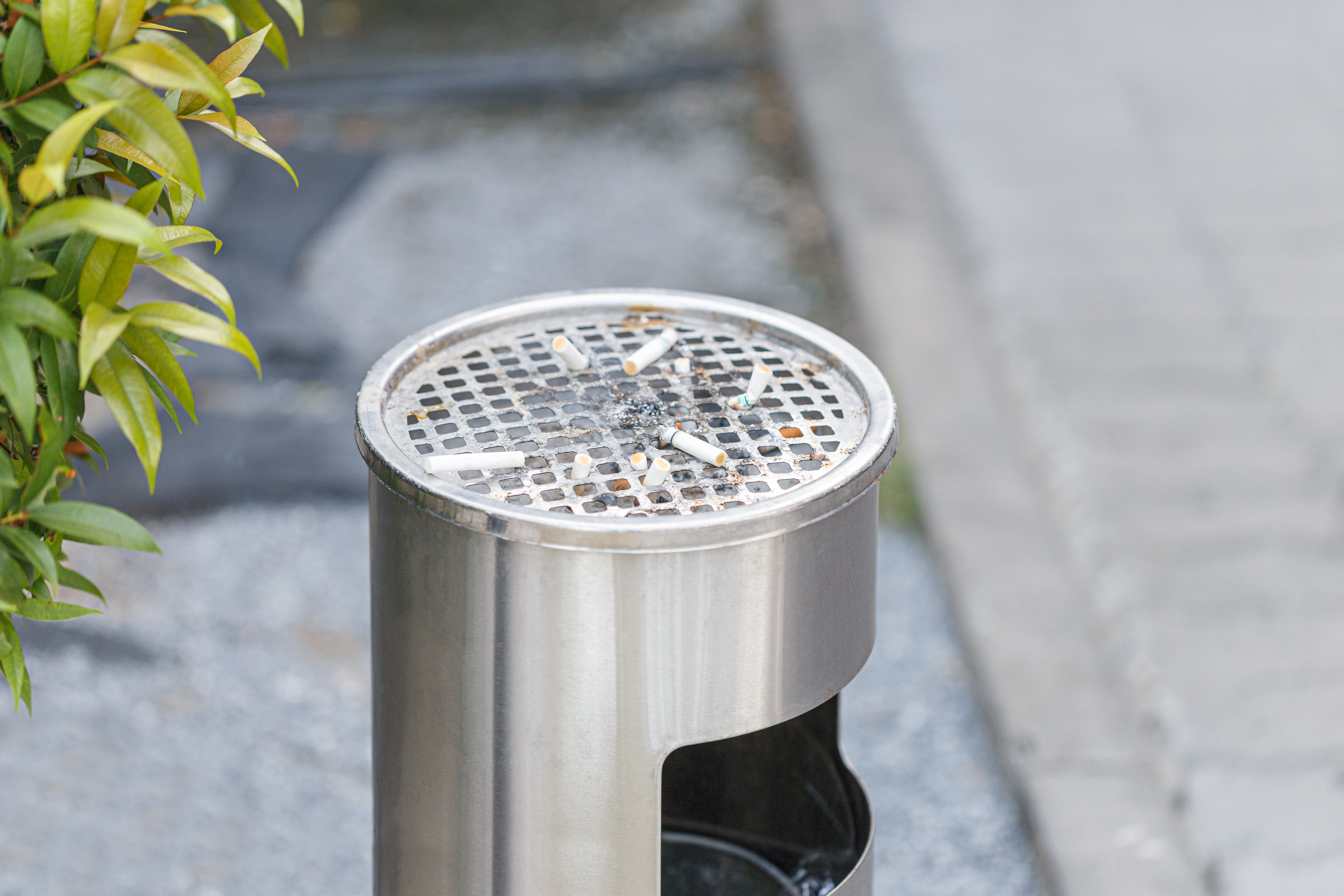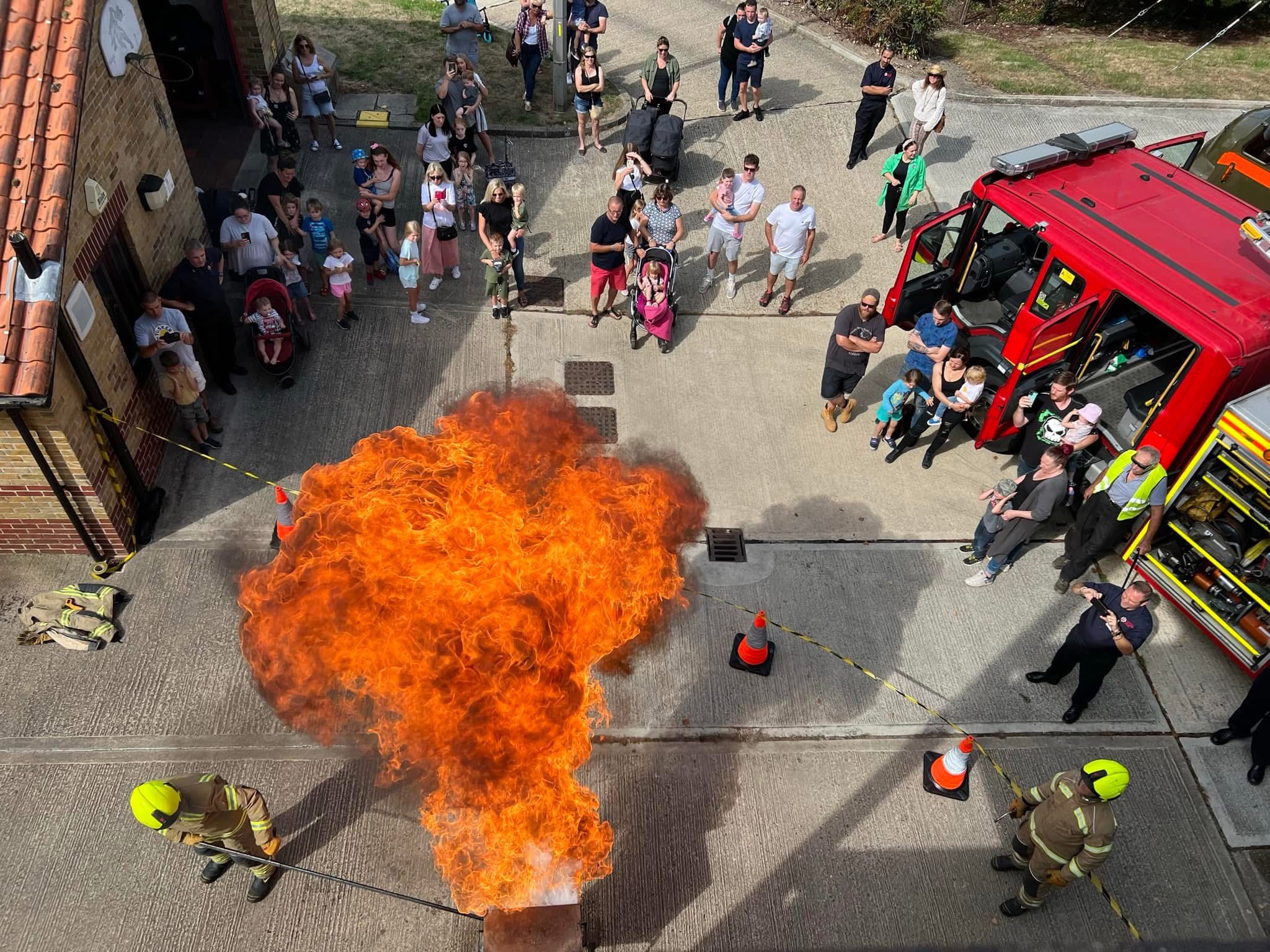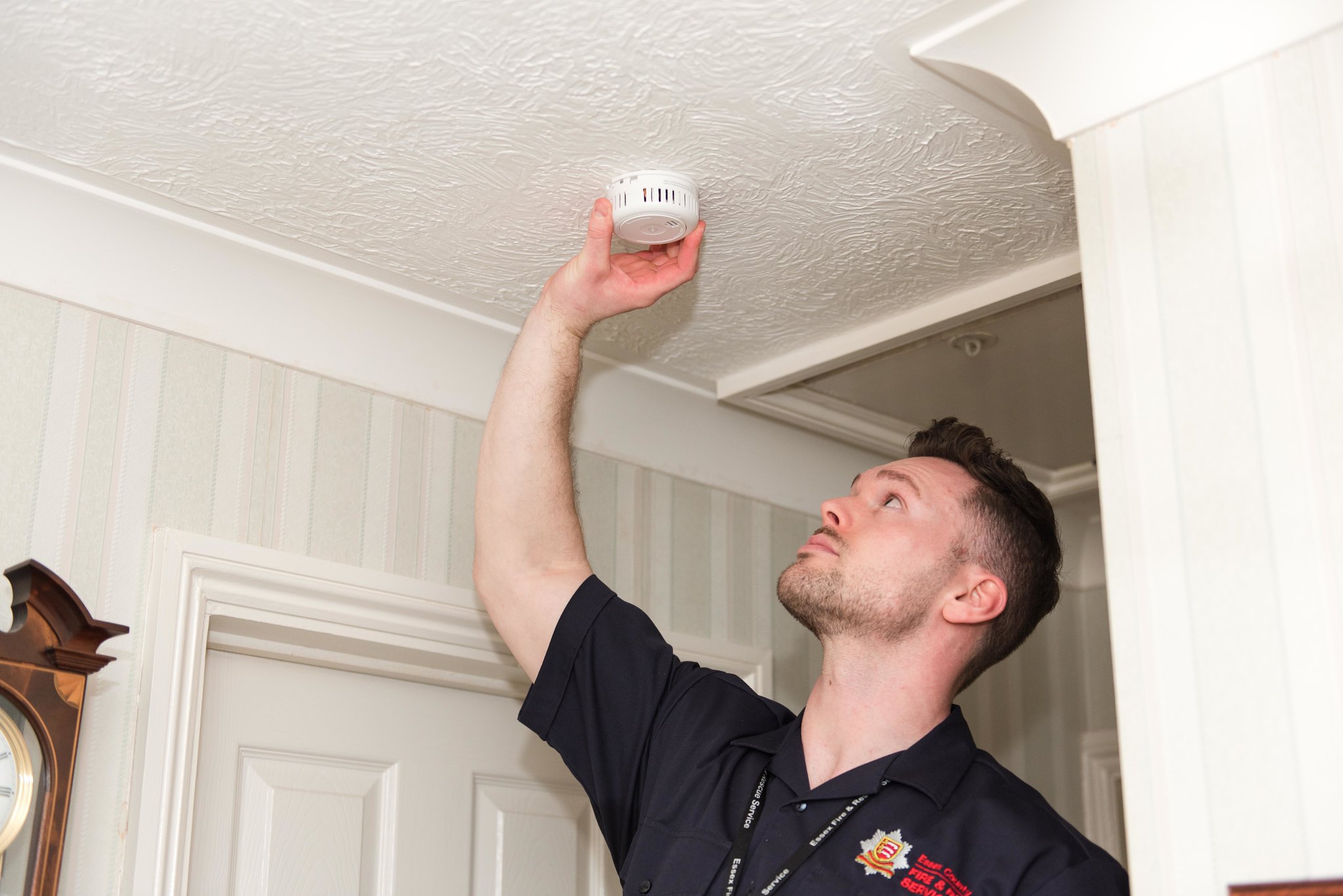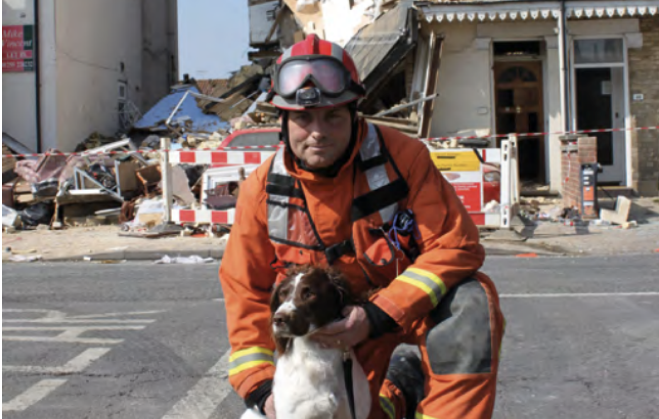
Smoking - at work
Under government legislation it is an offence to smoke within the workplace, and those found to be non-compliant can be fined.
Workers can be fined up to £200 and businesses can be fined up to £2,500 if they don’t stop people smoking in the workplace or up to £1,000 if they don’t display ‘no smoking’ signs.
From 1st July 2007 all public places and workplaces became smoke free in England, with the exception of a limited number of exemptions under the Smoke Free (Premises And Enforcement) Regulations 2006.
Fire Risk Assessment:
Smoking arrangements, including the use of e-cigarettes/vaping, must be included in the premises Fire Risk Assessment regarding the impact upon fire safety in the premises. The Fire Risk Assessor will need to be consulted accordingly.
Businesses must:
- display ‘no smoking’ signs in all workplaces and vehicles
- make sure people don’t smoke in enclosed work premises or shared vehicles
- Staff smoking rooms aren’t allowed. Smokers must go outside
If cigarettes and other smoking materials are not disposed of in an appropriate way, they can create a source of ignition and a fire may occur. A cigarette can smoulder for hours after use if it hasn’t been put out fully, and combustible materials, including within a waste bin, are then exposed to the source of heat.
Businesses must adopt a safe smoking policy, where employees can use designated smoking areas only. These areas should be safe in their design with the disposal of smoking materials into metal ash trays which must be emptied regularly.
The safe smoking policy must be reinforced with suitable signage around the premises stating the areas that smoking is prohibited and permitted.
Residential Care Homes
Residential care homes and hospices can offer individual smoking rooms but only for residents. The rooms must be well ventilated and smoke mustn’t get into other rooms.
- A risk assessment must be carried out for each service user who wishes to smoke
- Service users must only smoke in rooms or areas which are designated for that purpose
- Smoking arrangements for staff and members of the public must comply with regulation
Risk assessments:
- Must be carried out for each service user who wishes to smoke
- Must be carried out by someone with sufficient understanding of the service user’s needs and of the wider impact on fire and health and safety
- Must be carried out in partnership with the service user and any other relevant persons, including families, relatives and visiting friends. Their involvement and cooperation is key in the effective management of safe smoking practices
- Must consider the service user’s physical ability and mental capacity to undertake smoking activities safely
- Must give particular consideration to service users with specific needs, including those with dementia or a learning disability, who smoke, as they may be at increased risk
- Must consider the interaction between service users who smoke, and the potential for the sharing of smoking materials
- Must consider the risks to other service users and other occupants of the building, including staff
- Must identify the physical precautions as well as the management arrangements such as appropriate level of supervision necessary to ensure that the service user can smoke without presenting danger to themselves or others
- Must be reviewed regularly i.e. when there is a change in needs, and at least annually
Smoking areas:
- Smoking rooms or areas must be suitably equipped, finished and furnished. Consideration should be given to fire retardancy of furniture, fabrics and finishes
- Appropriate smoke detection and smoke alarms must be provided
- Appropriate fire extinguishing equipment including fire blanket need to be provided
- Suitable metal ashtrays need to be provided
- Smoking rooms must be appropriately ventilated to avoid contamination of adjacent areas and rooms by smoke. Inside buildings, this will normally be achieved by the provision of appropriately sized mechanical ventilation systems
- Where smoking areas for service users are located outside, they should offer an appropriate degree of comfort, be suitably sheltered and easily accessible. Paths and access routes should be level and free from hazards
- Service users should not be permitted to smoke in bedrooms unless their individual risk assessment specifically deems that the level of risk is low and the bedrooms have been suitably equipped with fire retardant furniture, fabrics, finishes and appropriate smoke detection and smoke alarms provided
- Staff and public smoking areas should be separate from areas provided for service users
- Smoking arrangements must be included in the premises Fire Risk Assessment and how these may have an impact upon fire safety in the premises. The Fire Risk Assessor will need to be consulted accordingly
E-Cigarettes/Vaping:
The law doesn’t apply to e-cigarettes. Employers can decide if they can be used on their premises.





